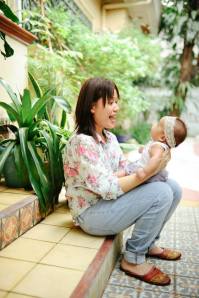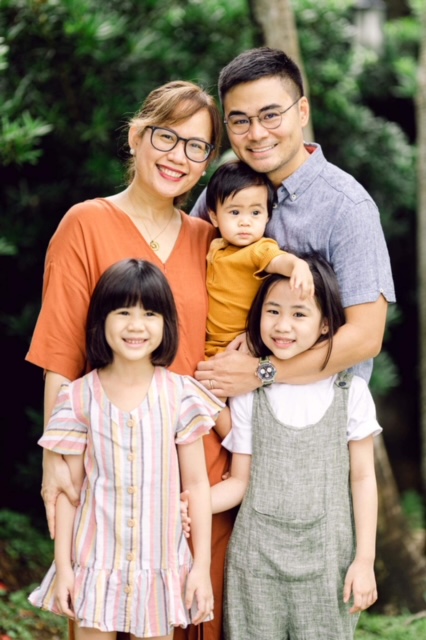During one of those parenting seminars that our team conducted, a concerned mom asked me,
“What should I do with my baby? She keeps on touching our electrical outlets. I tell her not to touch it but she keeps on doing it. I’m growing tired of reminding her.”
I remember telling the mom four things:
1. She needs to understand that her baby is at that stage where she/he is exploring. She/he is using her body and hands to move about and to find out the things around his/her environment.
2. I told her that you can’t do anything about restraining your child from exploring. That’s just how babies are. That’s how they play, and definitely, that’s how they learn.
3. What she can do instead is to child-proof your house, meaning, you can cover those sockets to prevent any further accidents or provide an alternative environment where your child can explore around your house.
4. Last, I encouraged her to be extra patient because she will need lots of those as his/her child becomes more mobile in the months to come.
Some parents are wondering if their babies are really learning anything when they transfer a block from one hand to another, or when they pick up and drop their rattle again and again? They’d often ask, “Are they really playing? and later ask, “why is play so important for them?”
Play, according to the National Association for the Education of Young Children (NAEYC), one of the leading organizations in early childhood education, considers it as an essential foundation in promoting developmentally appropriate practices for children. In short, this means that play is an essential ingredient for a child’s holistic development. Research shows that there is a connection between play and the development of foundational skills such as in a child’s memory, self-regulation, oral language abilities, social skills and later success in school.
In layman’s terms, Play can be defined as an activity that your child loves doing. It is simple, spontaneous, flexible and led by the child (Centre of Excellence for Early Childhood Development, 2010, p. 2).
How does your child look like when he is playing? What does he like to play with? Whom does he play with?
I love this saying from Diane Ackerman, “Play is our brain’s favorite way of learning“. Studies will show you the positive effects that play has on your infant’s brain development and even more, on your infant’s total development (meaning, his physical, social-emotional, intellectual development).
Play and your child’s brain development
Babies thrive on both exploration and interaction. Their ability to move about, to touch things around them, to babble/coo at a familiar person, opens up a new world for them. When they explore, they truly become absorbed as they play.
According to Sutton-Smith (1997), an infant’s early experiences are important in the development of neural pathways/connections for the brain development. Play functions as a way to help reach the brain’s potential, otherwise, lack of any stimulus will lead to some loss of these essential neural connections.
Your infant when playing may look something like this:
Practice and repetition in any child’s play does not mean that your child’s activity is purposeless, rather, it paves the way in building your child’s brain and promotes fast responses in his central nervous system.
So, before assuming that your child is not learning anything when he does things over and over again, keep in mind that this is actually good for his brain development. (and for his other domains of development, too. This we will discuss in the coming posts).
Let me end this article with Brierley’s statement on the value of play,
“A child does not learn from a passive kaleidoscope of experiences but from the outcomes of actions that he or she has initiated” (1994, p.75).
The topic on Babies and Play continues in two more articles. Find out what parents like you can do to help your babies play. 🙂






Comments are closed here.